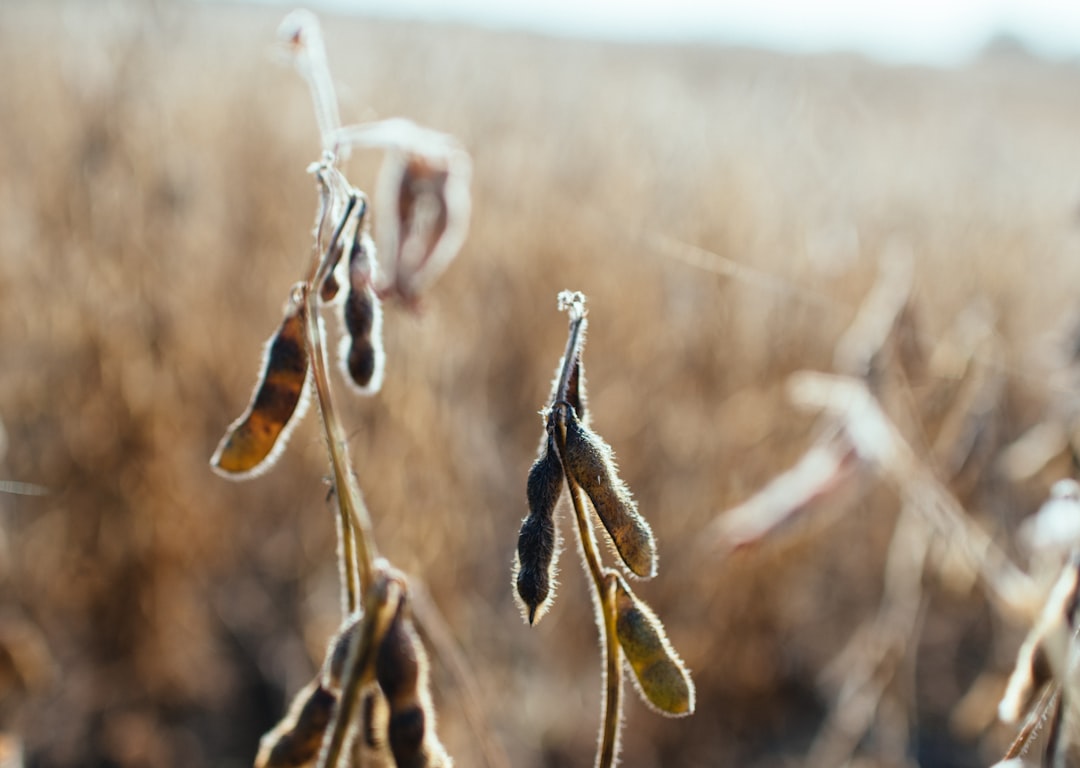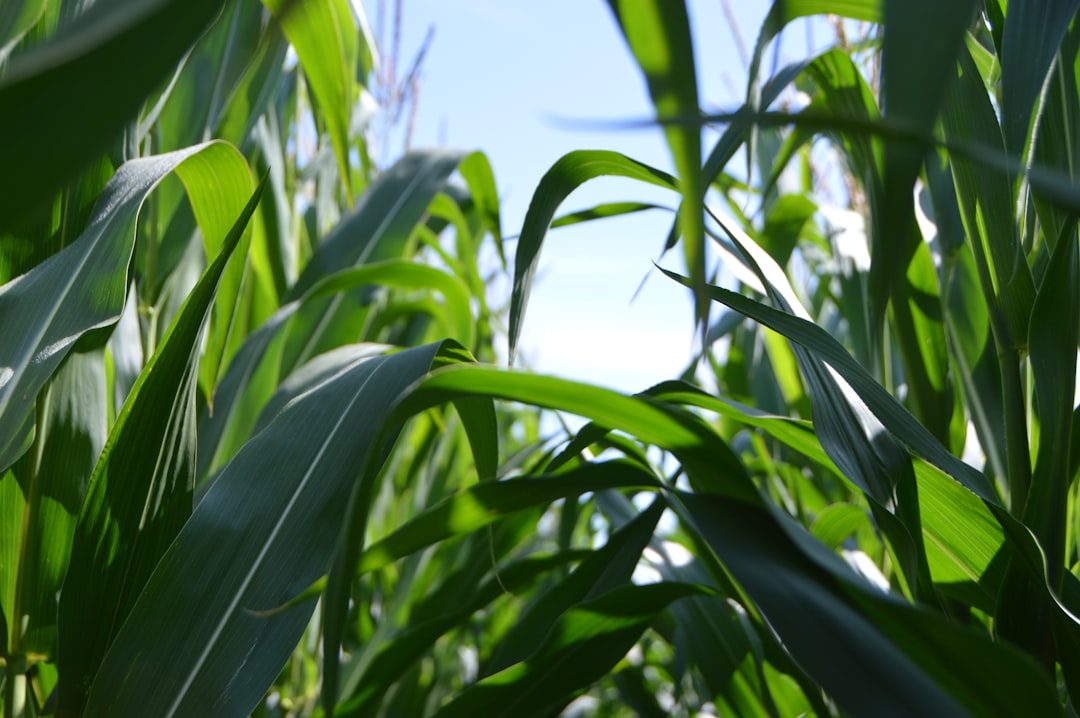What is it about?
Better understanding of the risks and constraints farmers face managing their current cropping system help develop strategies for improving rice production in Cambodia. From this analysis, the APSIM-Oryza model is shown to be an acceptable tool for exploring the mismatch between current on-farm yields and potential production through yield gap analysis and the exploration of cropping system options for smallholder farmers to increase production, adapt to seasonal climate variability and be prepared for potential climate changes.
Featured Image
Why is it important?
Results highlight inefficiencies with current farmer practice when compared to potential crop production, even under traditional low N inputs and raises research questions around on-farm N recovery, fertiliser efficiencies and general crop management in ponded rice systems.
Perspectives
This article demonstrates that modelling tools have a place in informing farmer decisions in the poorer lowland rice eco-systems in Cambodia. Hopefully Cambodian researchers have to opportunity to utilise and extend these modelling tools in collaboration with farming communities to improve household livelihoods through increased rice production.
Mr Perry L Poulton
CSIRO
Read the Original
This page is a summary of: APPLYING SIMULATION TO IMPROVE RICE VARIETIES IN REDUCING THE ON-FARM YIELD GAP IN CAMBODIAN LOWLAND RICE ECOSYSTEMS, Experimental Agriculture, September 2014, Cambridge University Press,
DOI: 10.1017/s0014479714000271.
You can read the full text:
Contributors
The following have contributed to this page










